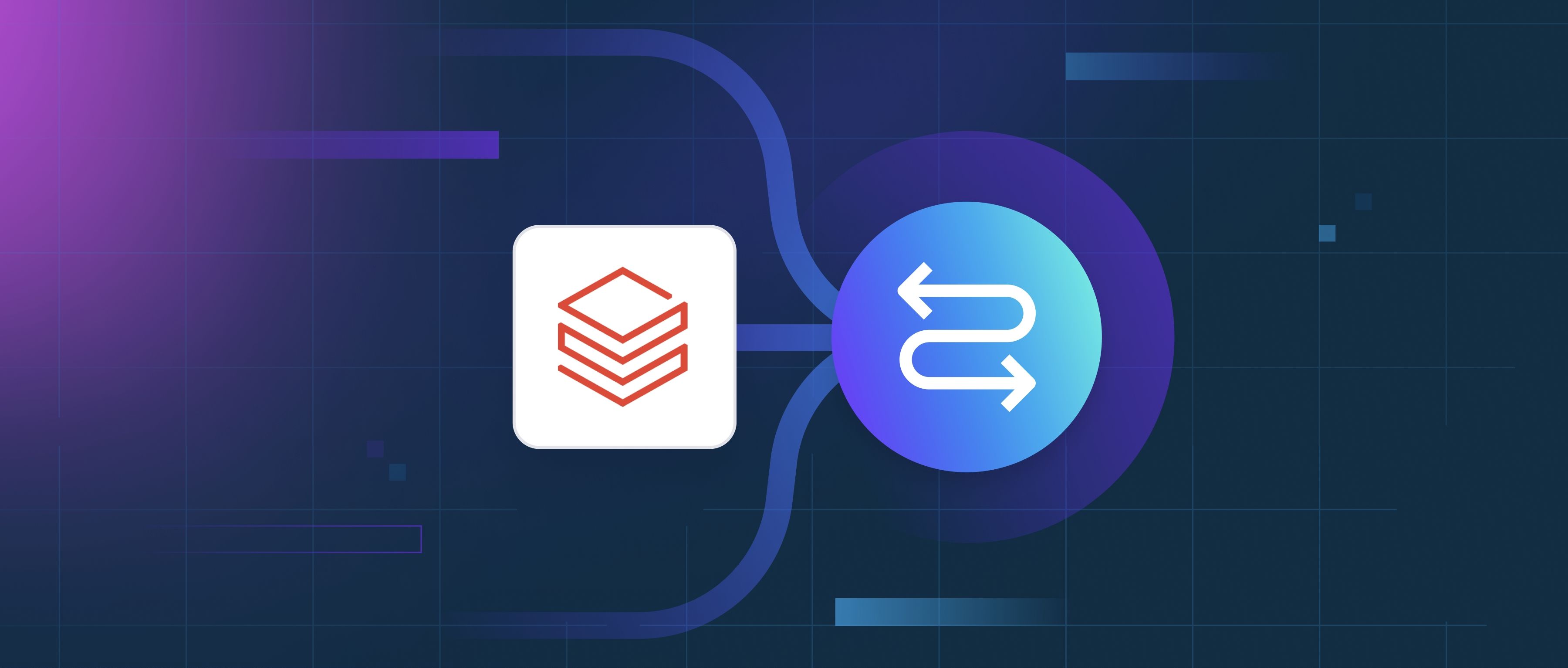Hardware components like CPU, memory, and I/O directly influence the speed, scalability, and reliability of ETL (Extract, Transform, Load) processes. Each component addresses specific bottlenecks: the CPU handles computation-heavy transformations, memory manages data caching and intermediate storage, and I/O determines how quickly data is read from sources or written to targets. Imbalances in these resources can lead to wasted capacity or performance degradation, so optimizing hardware requires aligning it with the specific demands of the ETL workload.
The CPU’s role is critical during the Transform phase, where data undergoes operations like filtering, aggregations, or joins. Complex transformations (e.g., parsing JSON, applying business logic) demand significant processing power. A multi-core CPU allows parallel execution of tasks—for example, processing multiple data partitions simultaneously—which speeds up jobs. However, if the CPU is underpowered or lacks sufficient cores, transformations become a bottleneck. For instance, a single-threaded transformation of a 10-million-row dataset on a low-end CPU might take hours, while a multi-core system could split the workload and complete it faster. Tools like Apache Spark leverage CPU parallelism, but their effectiveness depends on the underlying hardware.
Memory (RAM) impacts ETL performance by determining how much data can be processed in-memory. During Extract and Load phases, sufficient RAM enables caching entire datasets, reducing reliance on slower disk I/O. For example, when joining two large tables, holding them in memory avoids repeated disk reads. Insufficient memory forces systems to spill data to disk (e.g., using swap space), which drastically slows processing. A 64GB RAM system might handle a 50GB dataset entirely in-memory, while a 16GB system would struggle, leading to frequent disk swaps. Technologies like in-memory databases (e.g., Redis) or frameworks like Apache Arrow rely heavily on available memory to optimize data interchange speeds.
I/O performance affects how quickly data is read from sources (e.g., databases, files) and written to destinations (e.g., data warehouses). Slow disk I/O—common with HDDs—can bottleneck the Extract and Load phases. For example, reading a 100GB CSV file from a spinning disk might take twice as long as from an NVMe SSD. Network I/O also matters: transferring data from a remote API or cloud storage introduces latency. Optimizing I/O involves using faster storage (SSDs), reducing network roundtrips (batch operations), or compressing data. A practical example is loading data into a cloud data warehouse: high-throughput network interfaces and parallel writes (e.g., Snowflake’s bulk loading) minimize delays caused by I/O constraints.
